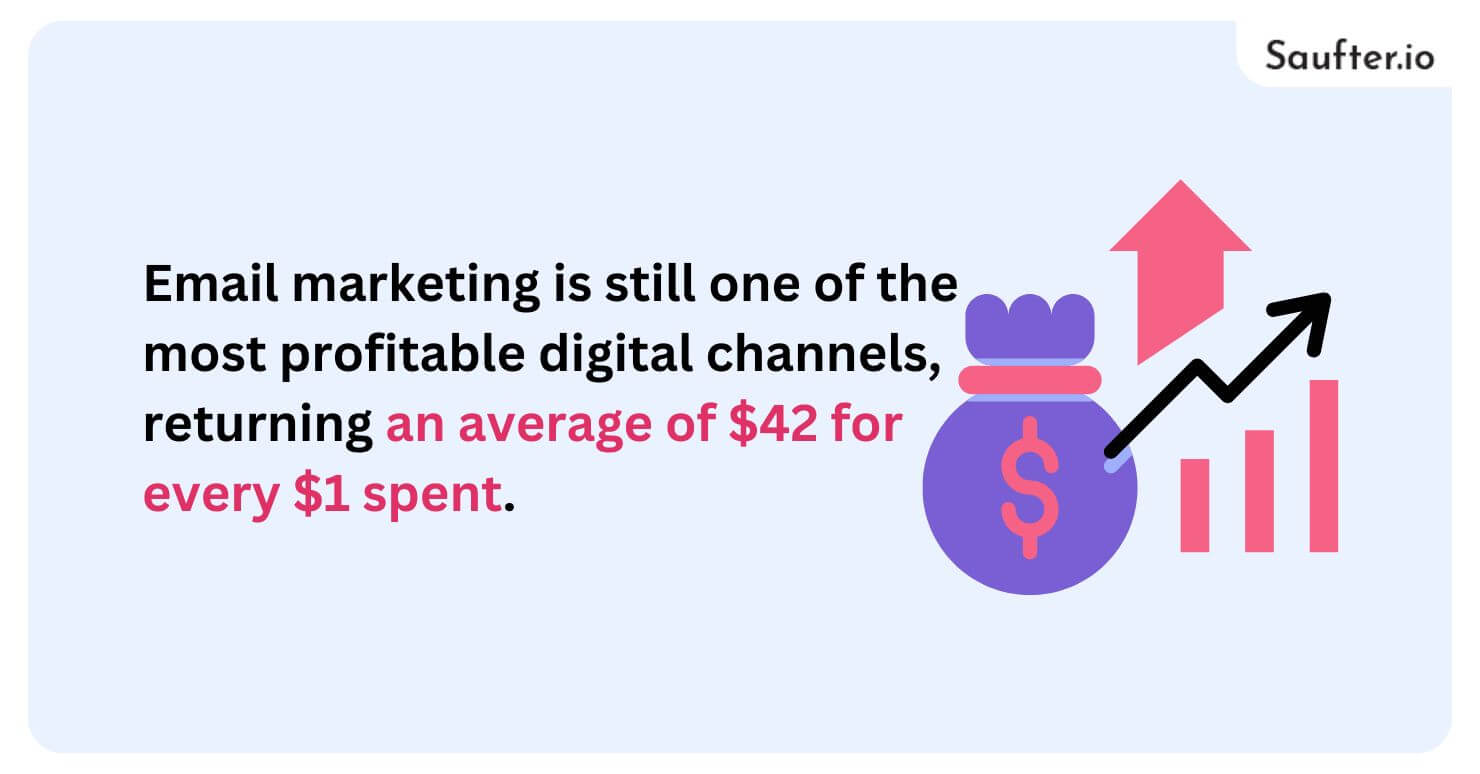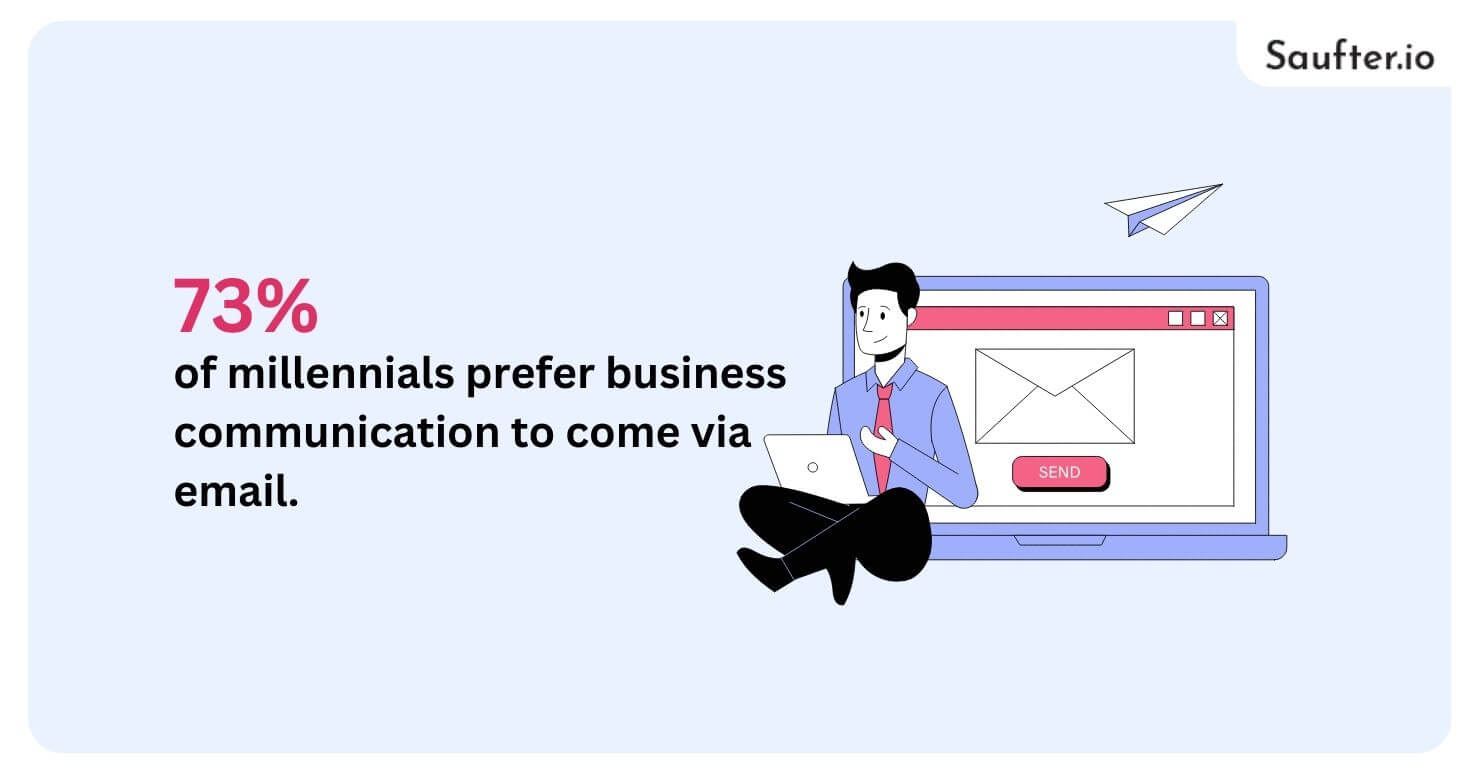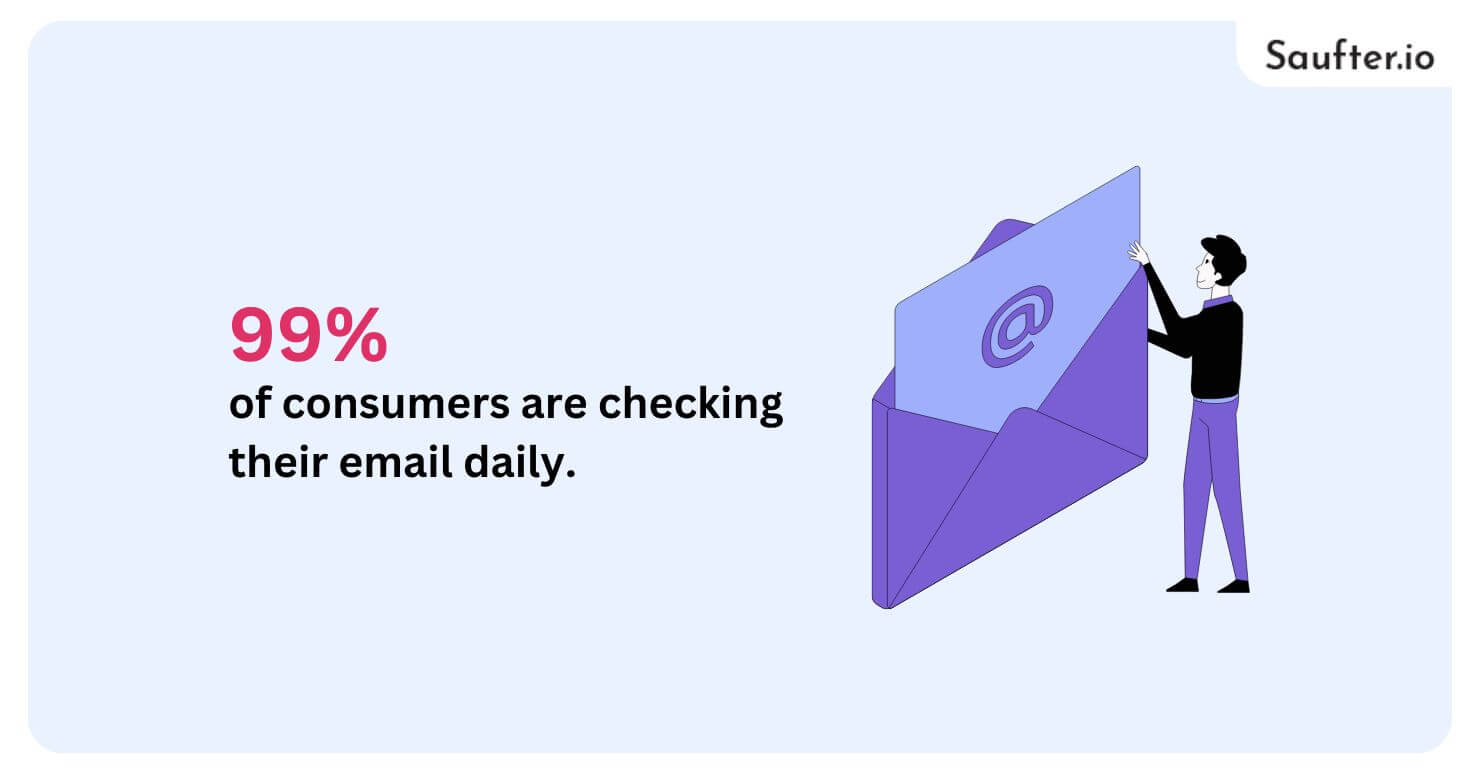Last Updated: December 2025
In today’s fast-paced digital world, email remains one of the most powerful tools for businesses to engage with customers, with over 4.6 billion active email users globally in 2025. However, finding the right email delivery service that aligns with your needs can be challenging.
While Mailgun has long been a popular choice for many, it’s not the only option available. If you’re looking for more cost-effective solutions, better deliverability, or additional features, exploring Mailgun alternatives might be the best move for your business.
In this article, we’ll highlight six Mailgun alternatives that can offer you the flexibility and functionality you’re looking for, ensuring your email campaigns run smoothly and effectively.
What is Mailgun Used For
Mailgun is an email delivery service that helps businesses and developers send, receive and track transactional and marketing emails via an API or SMTP. It features high deliverability, real-time analytics, and other useful features like email validation and inbound email routing.
Can Mailgun be Used for Email Marketing
You can use Mailgun for email marketing, but it is not what it’s focused on. It’s built primarily for developers who want to send transactional emails (account verifications, password resets, etc.) in volume using a REST or simple mail transfer protocol API.
With that being said, Mailgun does have functionality to facilitate bulk email sending, such as:
- High-volume sending infrastructure.
- Email list management
- Deliverability tools
- Basic analytics (opens, clicks, bounces, etc.)
However, it lacks built-in marketing automation features like:
- Drag-and-drop campaign builders
- Visual workflow editors
- Pre-built newsletter templates
- A/B testing
- Audience segmentation tools
Key Features of an Email Marketing Platform
Email marketing is still one of the most profitable digital channels, returning an average of $42 for every $1 spent, so you need to find the best tool to maximize your return.

A good email marketing service is much more than just sending out your latest deal. This allows you to automate, customise, and track your campaigns to help ensure the most engagement and success. And these are the musts:
- Automation Tools: Automate engagement workflows by segmenting users and responding to events such as signups, purchases or inactivity.
- Audience Segmentation: Segment your contacts into performance or location, or even purchase history-based groups.
- Drag-and-Drop Email Builder: Design beautiful responsive emails in minutes with no code.
- A/B Testing: Test various subject lines, email content and send times to maximize open and click-through rates.
- Advanced Analytics: Follow the movement of opens, clicks, bounces, and conversions with live reporting dashboards.
- Email Templates: Choose from existing welcome emails, promotions, newsletters and more.
- Compliance Support: Be certain that your emails comply with GDPR, CAN-SPAM, and other global privacy rules.
- High Deliverability: Built-in tools to improve inbox placement, including domain authentication (SPF, DKIM).
- Integrations: Integrate with your CRM, e-commerce and other business tools for structured work processes.
- Reliable Customer Support: Receive assistance when you need it with chat, email or our thorough knowledge base.
These are features that make sure your campaigns not only get delivered, but also get good results, which keeps your audience interested and ROI high.
Top Mailgun Alternatives
Email is still the most effective means of business communication, even with younger generations. In fact, 73% of millennials prefer business communication to come via email, further increasing the importance of ensuring that the emails make it to the intended recipients.

If Mailgun isn’t meeting your needs, it may be time to explore other options.
1. Saufter

Ratings: 5/5⭐
Pricing: Free trials; Paid plans start at $8/month.
Saufter is a new generation of AI email marketing that stands out from old-fashioned Mailgun competitors, as it combines automation and behavioral intelligence.
From SaaS companies to online stores, Saufter personalize and optimize your email campaigns with the power of AI-driven real-time data, revealing insights on users, competitors, and customer engagement trends.
Unlike a lot of common platforms, Saufter doesn’t simply send you mail, but also helps you plan that mail. It monitors competitor campaigns to user journey stages, and provides you with campaign ideas that make sense for your audience and the type of business you are running.
Pros
- Smart AI personalization: Saufter’s artificial intelligence analyzes how users behave on your website and what features they interact with, before developing extremely personalized campaign recommendations to boost your open rates and engagement.
- SaaS-friendly targeting: Great for SaaS companies, it keeps an eye on which features your customers are actually using in a trial and sends messages if they drop off before hitting “success-driving” features.
- E-commerce automation: Sends emails automatically when a customer abandons their shopping cart, views a product, places an order or based on any other activity that builds experience with a certain product.
- Competitor tracking built-in: It will even monitor the campaigns of your competitors, a feature that is few and far between on alternatives to Mailgun.
Cons
- Learning curve: Its AI-enabled features are so sophisticated that new users might have to spend some time learning how to unlock them entirely.
2. Amazon Simple Email Service (SES)

Ratings: 4.3/5⭐
Pricing: Customizable pricing.
Amazon SES, which is part of Amazon Web Services (AWS), is a robust email service that’s really inexpensive (often 5x cheaper than other mail services). It’s great for companies whose priorities are basic budget and scalability.
However, SES has many shortcomings. It doesn’t provide native tracking for opens, clicks, bounces or spam complaints, and you’ll need to create features such as suppression lists yourself. This is not as easy for non-tech users.
Pros
- Unmatched pricing: The most inexpensive Mailgun alternative, especially for high-volume senders.
- Global infrastructure: Leverage AWS’s global presence and capability around data sovereignty.
Cons
- No built-in support: There’s no customer support with the base SES plan, unless you pay extra for AWS Support.
- Limited deliverability insight: Modals to check out deliverability (inbox placement, spam complaints, bounces) are non-existent.
- High setup complexity: Essential features must be built manually, requiring time and technical know-how.
3. Mailchimp Transactional

Ratings: 4.3/5⭐
Pricing: Free up to 500 contacts; Paid plans start at $8.99/month.
Say you’re looking for a Mailgun alternative for transactional mail only. In that scenario, Mailchimp Transactional (formerly Mandrill) could be a good choice, particularly if you’re already a Mailchimp user or will be in the future. Mandrill used to be a product of its own, but now it is a paid add-on for Mailchimp users.
Pros
- One-stop shop: If you’re looking for one system that covers email marketing, automations, and transactional emails, Mailchimp with Mandrill has in its favour ease of use, with all the pieces in one place.
- Strong analytics: Mailchimp generates analytics dashboards and a suite of reports for you by default, and your users can access the export API to access even more data to serve you better.
Cons
- Lack of product focus: Mandrill has appeared to kind of lag behind what Mailchimp’s heart and soul is — email marketing automation, so you can wind up seeing less of those updates and improvements.
- Cost: It can get pricey. You have to pay for Mailchimp in addition to the Mandrill add-on, so this is one of the pricier Mailgun alternatives.
4. SendGrid

Ratings: 4.0/5⭐
Pricing: Free trial; Paid plans start at $19.95/month.
SendGrid has been a trusted name in the field of email delivery services for more than a decade. It started as a basic mail API in 2009 and has grown to be a full-featured powerhouse that provides services ranging from transactional email to marketing automation.
Twilio acquired SendGrid in 2019, which has driven SendGrid to become an even popular option that gives users more options for customer engagement, including SMS and WhatsApp!
Pros
- Veteran provider with massive scale: SendGrid is among the largest and oldest email service providers (ESP). And in 2022, it easily handled over 8 billion emails on Black Friday, demonstrating that it can easily manage massive volumes.
- Comprehensive all-in-one platform: Great for companies wanting an all-in-one solution. SendGrid provides comprehensive tools that include email design, testing, automation, optimization, and customer engagement.
Cons
- Mixed deliverability: There are some users who have experienced issues with deliverability, especially with shared IPs. For more consistent sending, many customers are advised to purchase dedicated IPs, which will, of course, add to your costs.
- Support concerns: Customer support quality was lambasted following the acquisition by Twilio. Now, premium support is offered, but it will cost you a premium price, and a smaller package plan than needed puts an enormous lag time between each response for standard users.
5. MessageBird

Ratings: 3.9/5⭐
Pricing: Contact the sales team for a quotation.
With a service that includes enterprise-grade analytics, compliance tools and support for high-volume sending, it’s a robust option for large businesses, akin in scope to SendGrid. If you’re in a regulated industry or are an enterprise, MessageBird is designed for you.
Pros:
- 99.99% uptime SLA: MessageBird is a strong advocate for reliable, scalable email delivery.
- Comprehensive documentation: Their in-depth instructions walk users through complicated tools and integrations.
- Enterprise-grade compliance and support: Perfect for organizations that require high data privacy and compliance.
Cons:
- Not startup-friendly: Although it’s a very powerful mail client, the added functionality may also be too much to handle for smaller businesses or teams that don’t need the extra complexity.
6. Postmark

Ratings: 4.6/5⭐
Pricing: Free trial, paid plans start at $15/month
Postmark, a rival company founded in 2009, is recognized for the speed and reliability with which it delivers transactional email. It focused only on transactional emails for a decade and gained a user reputation as “rock solid” and “the best choice ever.”
In 2020, Postmark extended to accommodate promotional and bulk emails but still maintained a clear separation between marketing and transactional streams.
Unlike the numerous hybrid competitors that struggle with delivery and mixed results, Postmark regards both sides of outbound as top-tier performance. The platform is also among the handful that publicly includes time-to-inbox metrics.
Pros:
- Exceptional deliverability with publicly shared speed metrics
- Completely separate transactional and promotional email streams
- Transparent pricing and responsive support
- Ready-to-use, beautifully designed email templates
- Clear, developer-friendly documentation
Cons:
- Narrow focus: While Postmark excels at email delivery, it doesn’t offer broader marketing automation, SMS services, or list management features that some other providers include.
Conclusion
Choosing the right email service provider is essential for maximizing engagement, deliverability, and long-term customer retention. While Mailgun has served many businesses well, it’s not always the best fit for every use case.
From veteran platforms like SendGrid—capable of handling over 8 billion emails in a single day—to AI-driven solutions like Saufter, which personalizes campaigns based on real user behavior, the Mailgun alternatives in this list offer powerful, flexible options for businesses of all sizes.

With 99% of consumers checking their email daily, having a smart, reliable email delivery system is no longer optional—it’s critical. Whether you’re running a SaaS platform, an e-commerce store, or just need better support and customization, these Mailgun alternatives provide you with the tools to step up your email game.
Evaluate your goals, test the features, and choose the provider that aligns best with your strategy.
















